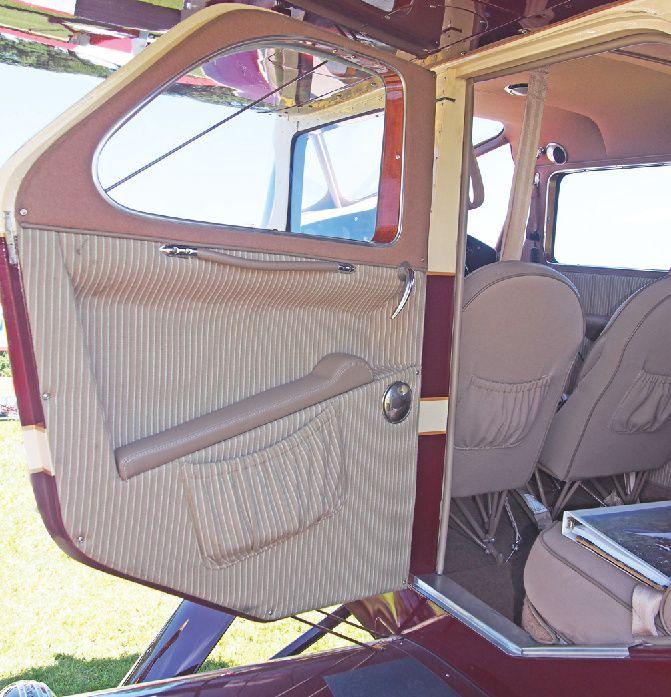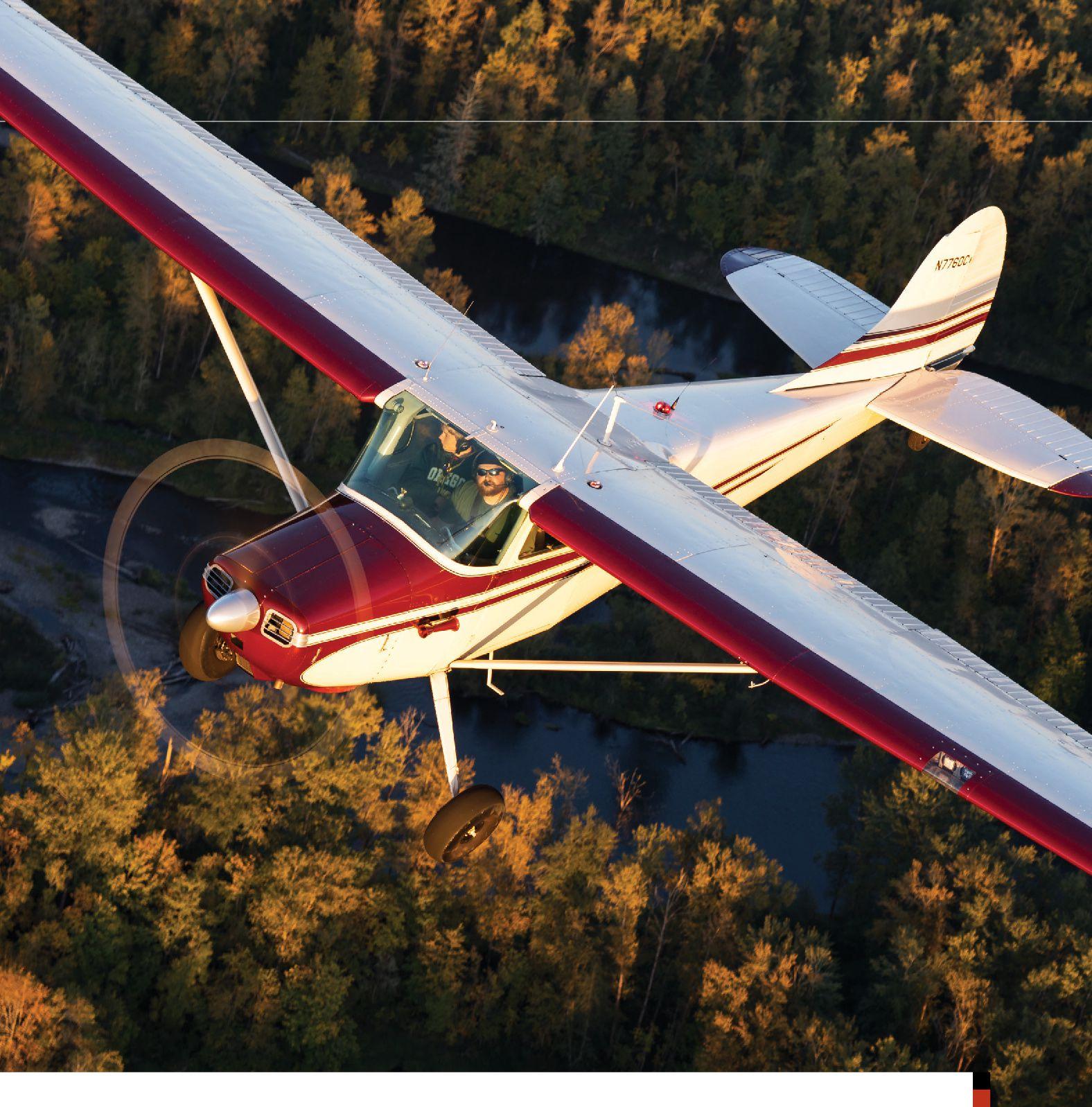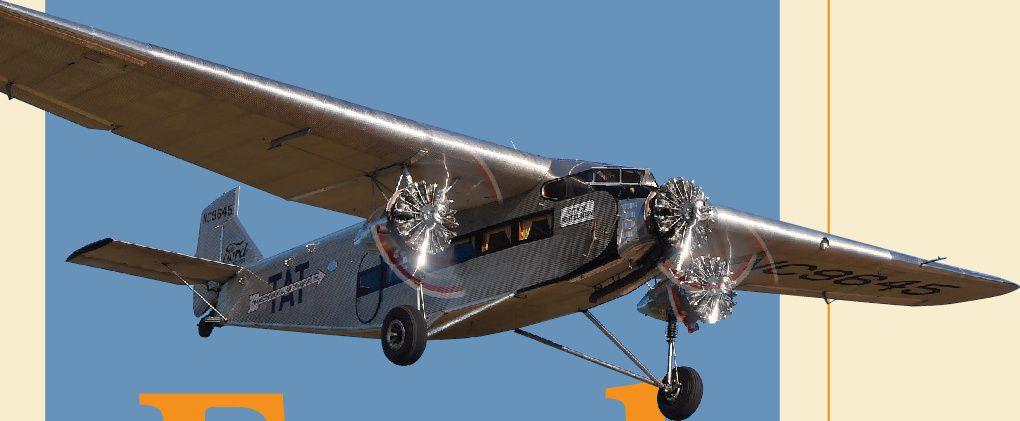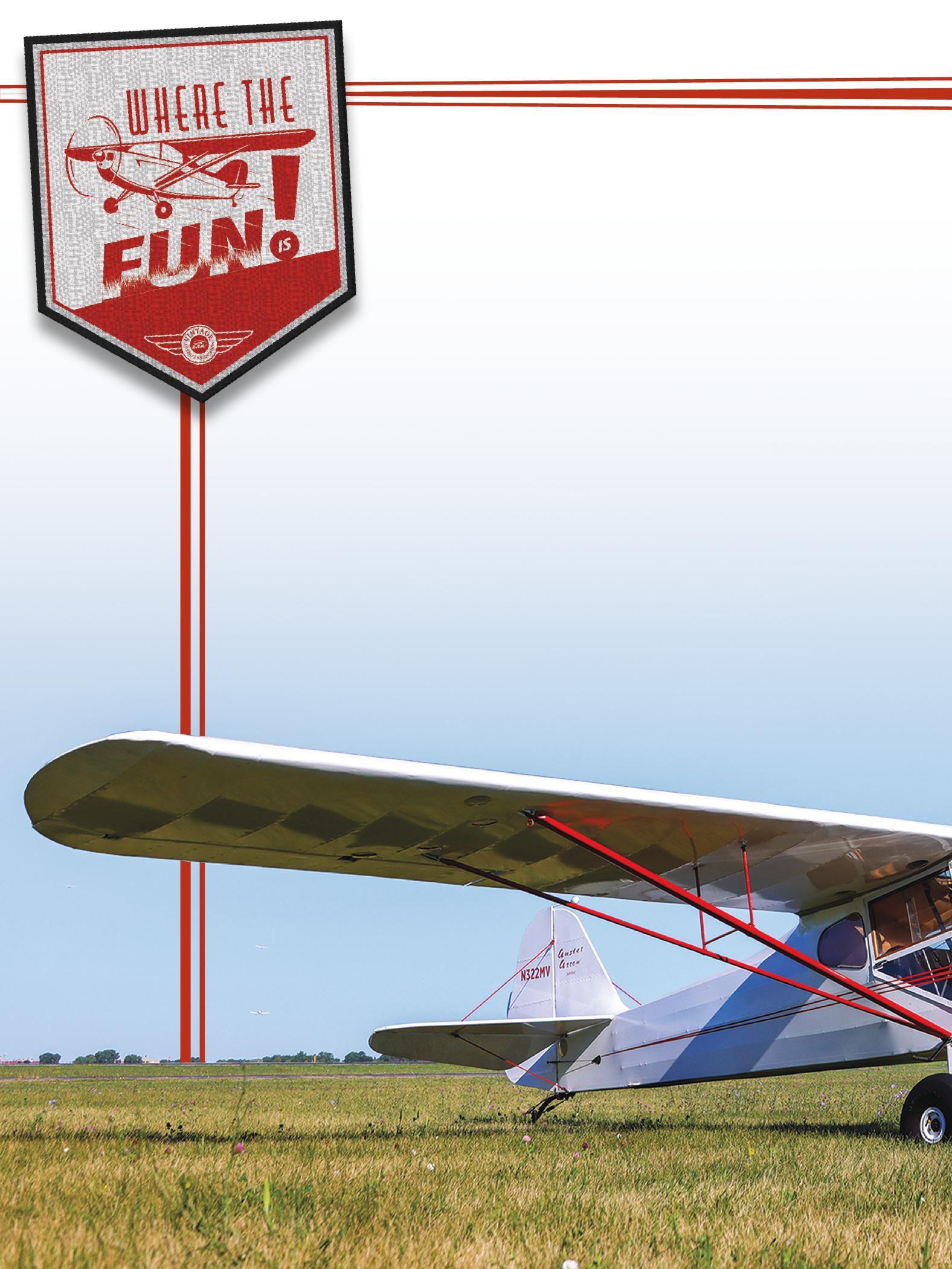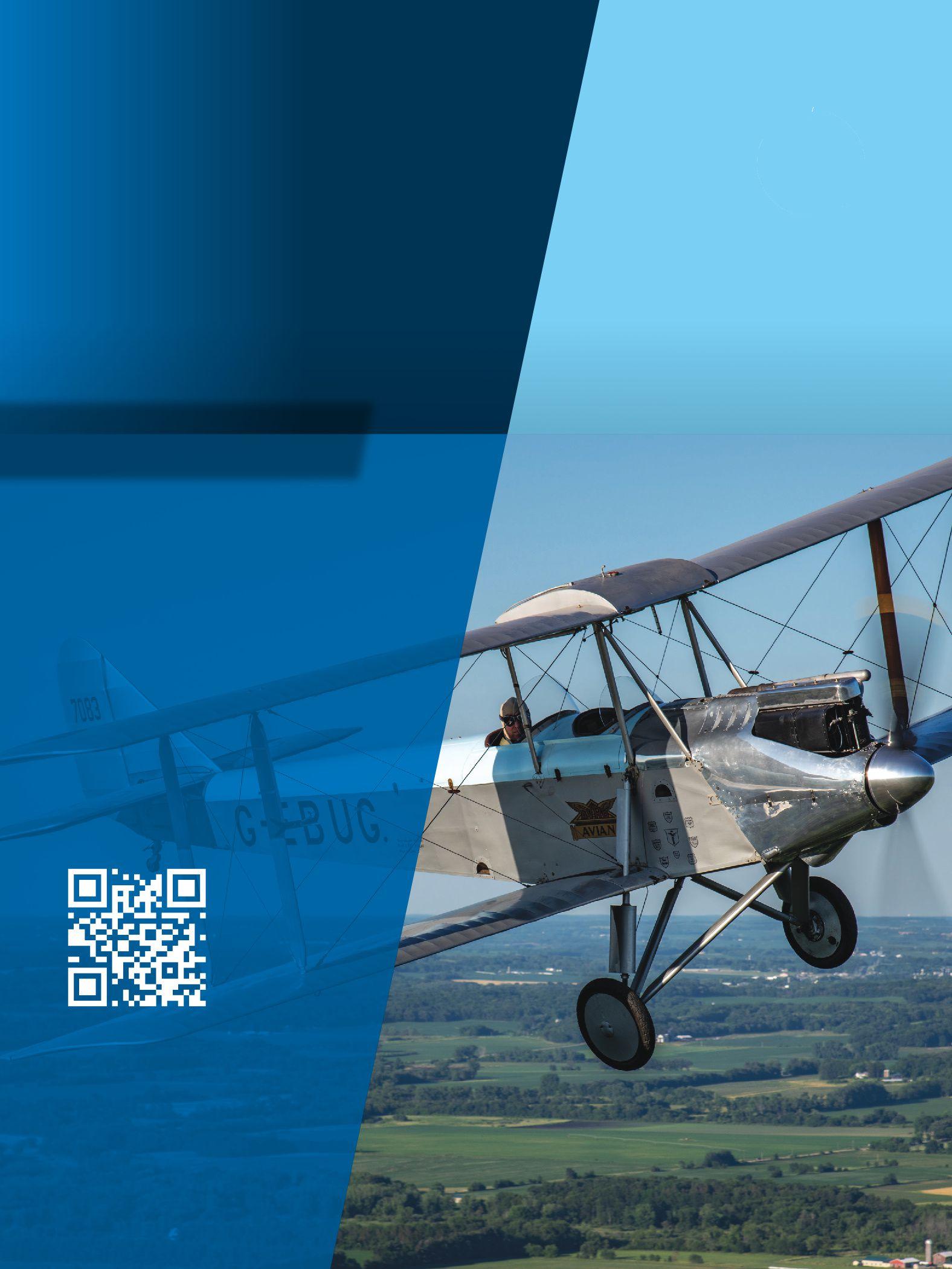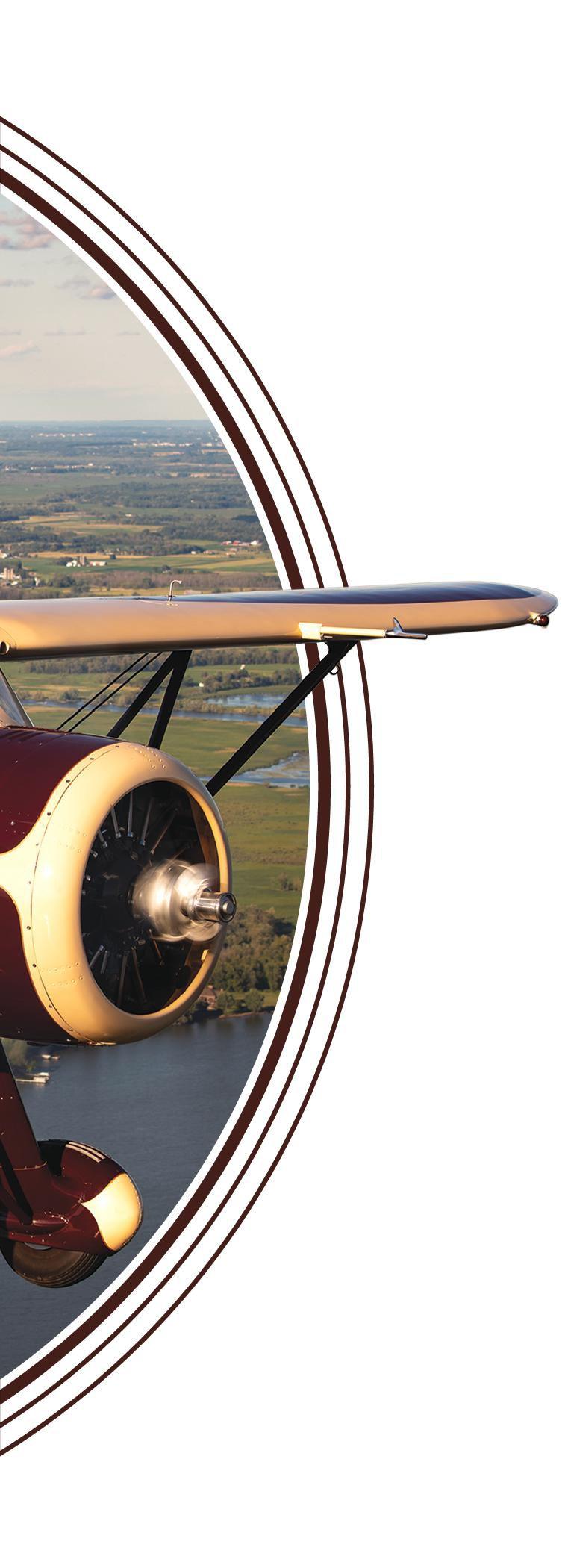
6 minute read
A Singularly Supreme Waco SRE
Walt Bowe’s stunner
BY SPARKY BARNES
THERE ARE TWO WORDS, uttered reverently by those who possess a passion for pristine antique aircraft restorations, that say it all: Rick Atkins. Now, combine Rick’s illustrious talents with collector Walt Bowe’s deep-seated appreciation for authenticity, and you know you’re in the presence of excellence. Built in 1940, NC20967 is one of five existing Waco SREs. It was deemed the 2022 AirVenture Antique Reserve Grand Champion Silver Lindy winner — and it was knighted as such even after flying 200 hours since it was freshly finished in 2017.
NC20967 is a stunning reflection of these gentlemen. Its statuesque persona bespeaks its well-appointed provenance, born on the drawing board by A. Francis Arcier’s venerable design skills. Notably, the Model E was conceived during Waco’s production run of UPF-7 biplanes for the Civilian Pilot Training Program. About 30 of the Model E were built from 1939 to 1942 — just before Waco started producing CG-4 gliders during World War II.
Aviation historian and author Joseph Juptner wrote in U.S. Civil Aircraft: “… [Arcier] and Clayton Brukner wanted this to be the ultimate in personal-plane performance. … The ‘E’ was easy enough to fly well, it was comfortable for hours at a time, and its elegance both inside and out caught the eye quickly; instant crowds seemed to form around it.”
Those words rang true at Oshkosh as crowds of aviators and enthusiasts alike were drawn to the SRE’s commanding presence on the flightline. As Walt said, “I wanted to bring it here as a tribute to Rick Atkins, because I thought people would appreciate it. It’s not brand new now, but it still looks like it just got finished!”
Waco Model E
Three versions of the Model E were built; they were the last of the Cabin Wacos. The SRE was the most popular, with its brawny 450-hp Pratt & Whitney Wasp Jr. The ARE was powered by a 300-hp Jacobs and the HRE by a 300-hp Lycoming. The SRE was priced in the neighborhood of $18,000, and of the 21 built, at least a dozen were impressed by the United States Army Air Forces during WWII as the UC-72.
The Model E was touted in a March 1940 Aero Digest ad as: “The Airistocrat — There is speed in this newest, finest Waco … more speed than in any other airplane in its horsepower group. Yet with all this permanent ‘tail wind’ here is the most comfortable, most luxurious airplane that has ever been built in its class, too! On the comfort side: The interior is finished like a fine automobile, luxurious and comfortable. Pilot and front seat passenger do not have to swelter in the boiling sun. Seats are seats, not makeshift covers for luggage space, with 7-1/2 inch deep cushions of springs and finest free curled hair. There is ample room for five passengers. And as to speed: That’s a matter of design characteristic of Waco — plus new ‘Cushioned Power’ engine mounting and completely enclosed cowling … quieter … less vibration. A new rounded windshield gives less head resistance and greater visibility. …
Be sure to see the Waco Model ‘E’ Airistocrat before you buy. — Waco Aircraft Company, Troy, Ohio.”
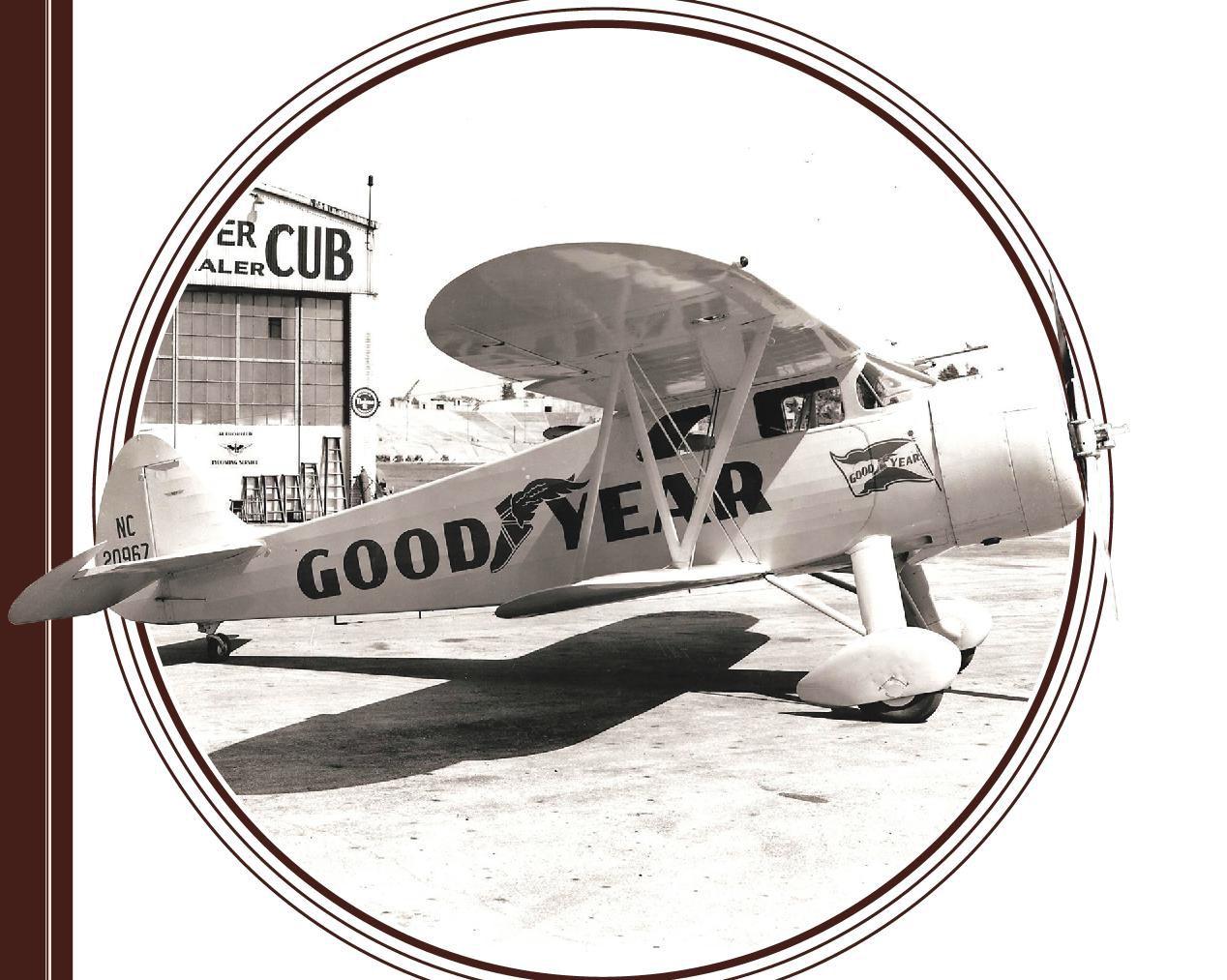
Interestingly, The Torrington Co. chose the Model E as its advertising poster child: “On this new Waco 1940 model custom cabin plane, smooth operation of the wheel is assured. … Waco engineers selected Torrington Needle Bearings for the vital control column because they give the important advantages of anti-friction operation in minimum space and with minimum weight.”
Steeped in Aviation
Steeped in antique aviation since he was a boy, Walt first learned to fly gliders and soloed when he was 14. His brother, Drew, taught him to fly powered airplanes, and Walt soloed a Cessna 140 at 16. “My family was into old airplanes, and my grandfather was a barnstormer, so it’s kind of in my blood. I grew up with people like Ron Price and his son, Chris, who became my best friend, and we were just engulfed in old airplanes in Sonoma and Schellville, California,” Walt said.
“When we were teenagers, we went to AirVenture workshops and learned some basic airplane restoration skills. Chris and I went to all the local fly-ins and were the youngest pilots; we just had a passion for old airplanes.”
Fortuitously, Walt met another gentleman who had a proclivity for old airplanes. Their fast friendship led them on a pathway not only to myriad aviation endeavors, but also to a career for Walt.
William “Bud” Field owned Lilja Corp., a glass furnace and metal fabrication general contractor. Walt, with his bachelor’s degree in earth science and environmental engineering from California State University, Chico, worked his way up in the company, which he and his wife, Dr. Carlene Mendieta, now own.
Walt met Carlene when she was cultivating her own devotion to aviation by learning to fly. She later flew a 1927 Avro Avian 7083 on a 5,500-mile flight from New York to Los Angeles and back as part of the 2001 “Amelia Earhart’s Flight Across America: Rediscovering a Legend,” sponsored by Greg Herrick. Carlene still owns and flies the Cub in which she learned.
Stable of Antiques
The Waco SRE is now just one of the aristocratic aerial steeds in Walt and Carlene’s extraordinary stable. They currently have around 50 airplanes, and of those, 15 are projects. So the majority are flying from Walt’s Ala Doble Airport (CA34) at Esparto, California. Naturally, the airplanes tend to come and go, as some are occasionally sold to buy others — but some are longtime keepers. The collection unknowingly began with a Pietenpol Walt built when he was a teenager. But even before that, there was an airplane that captivated his devotion: a 1936 Menasco-powered Ryan STA, flown by “Tex” Rankin to win the 1936 International Aerobatic Championship. It was restored by Walt’s adopted grandfather, Ted Babbini, and Walt has fond memories of polishing that art deco beauty when he was a kid.
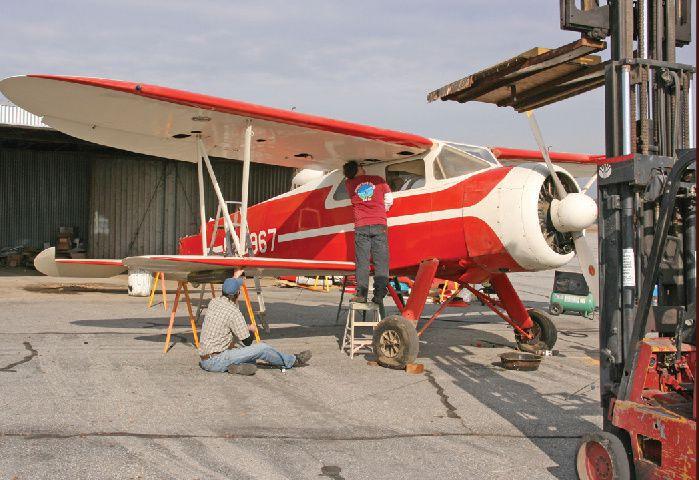
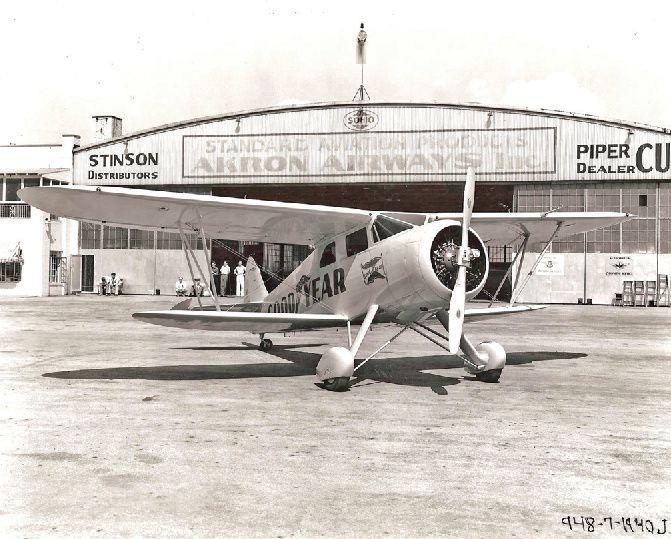
In addition to the Ryan and the SRE, the collection currently includes (but isn’t limited to) a Rose Parrakeet, a Jenny, a Standard J-1, a Paramount Cabinaire, Monocoupes, an Arrow Sport, Wacos, a Fleetwings Sea Bird, Grumman Gooses, a Mullicoupe, a Lockheed Vega, and a Grumman Bearcat.
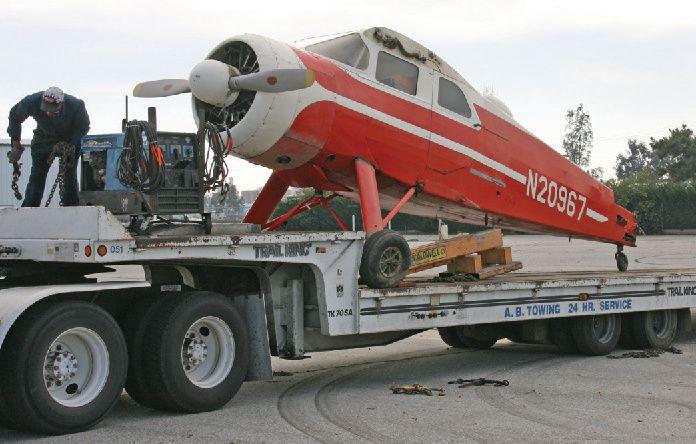
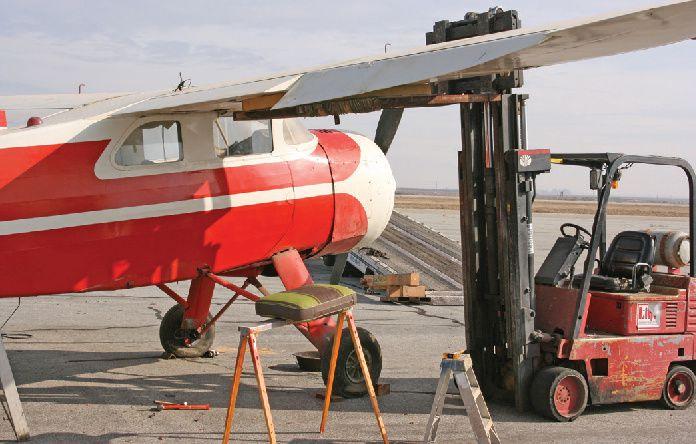
The First Owner
The Goodyear Tire & Rubber Co. Inc. of Akron, Ohio, purchased NC20967 on July 2, 1940. Finished in brilliant yellow with the Goodyear Wingfoot trademark (depicting Mercury’s winged foot) and flag adorning the fuselage, it was flown for sales and demonstration purposes. In February 1946, Waco Aircraft Co. performed a complete overhaul and re-cover of the SRE, and in January 1947, Goodyear changed out the engine.
Interestingly, while one may primarily associate tires with Goodyear, the innovative company had several notable achievements during the years it owned the SRE. Goodyear self-sealing tanks became the standard for combat aircraft; they built thousands of Corsair fighters, 21 blimps for the U.S. Navy, major components for B-29s, and developed a crosswind landing gear for aircraft.
From One to Another
The Industrial Colloids Co. of Emlenton, Pennsylvania, purchased the SRE from Goodyear in December 1947. It had the loop antenna and radio equipment removed in 1948, and in 1949, Paul Peterson of Altoona, Pennsylvania, bought the SRE. In 1950, John W. Benninghofen of Hamilton, Ohio, became the next owner. He kept it for a couple of years and then sold it to R.V. Pettit of Highland, Indiana, who in turn sold it in 1953 to James A. Meek and his wife, Hermie, of Pixley, California. They had the engine overhauled in 1954, but tragically, Meek wasn’t able to enjoy flying behind the throaty R-985 for long; he died in a crop-dusting accident in 1955 at age 37.
In April 1959, Clinton Randolph of Earlimart, California, acquired NC20967. A veteran of WWII, he’d flown night attack missions in A-20s and A-26s in Italy, and later shared his love for aviation by teaching his sons to fly, and ultimately became the longtime caretaker for the Waco SRE. In the ensuing years, the engine was overhauled and various wing and control surface repairs were made. Eventually the entire airframe was re-covered with Eonnex 205, a rotating beacon was installed, and the three 1-1/2-minute International flares were removed. When he passed away in December 2007, the SRE remained intact in its hangar, its red and cream livery that was once so glorious now cloaked in magnificent memories and a deepening layer of dust.

The Eighth Owner
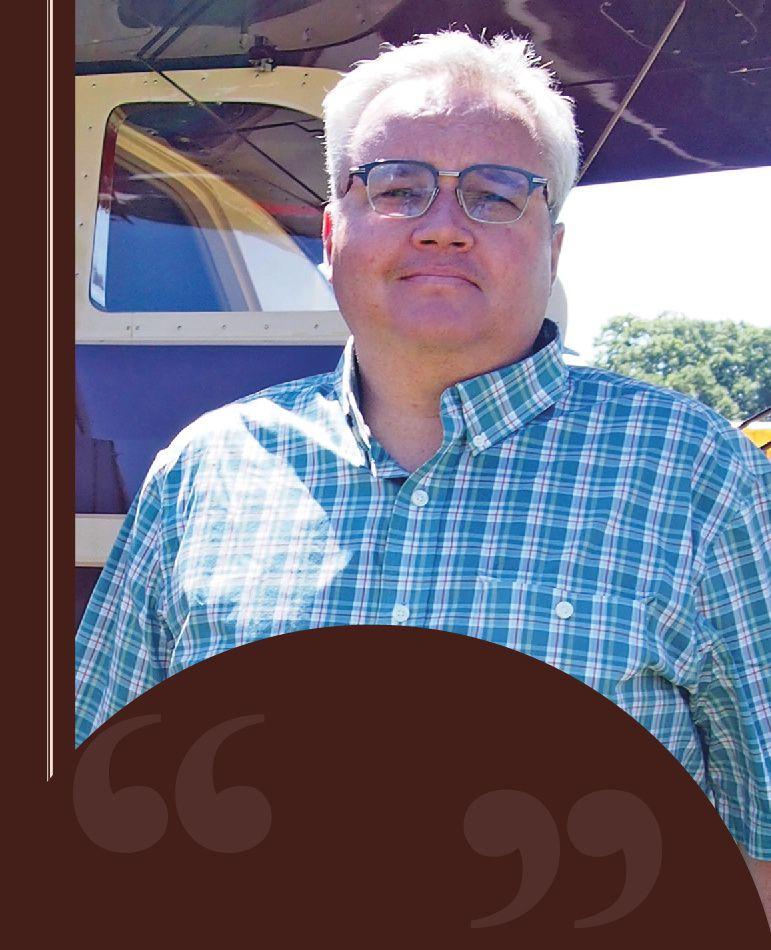
A couple of years later, NC20967 began its gradual transition from those dusky, twilight years into effulgent sunshine, when Walt and his mentor and partner, Bud, purchased it in 2009.
